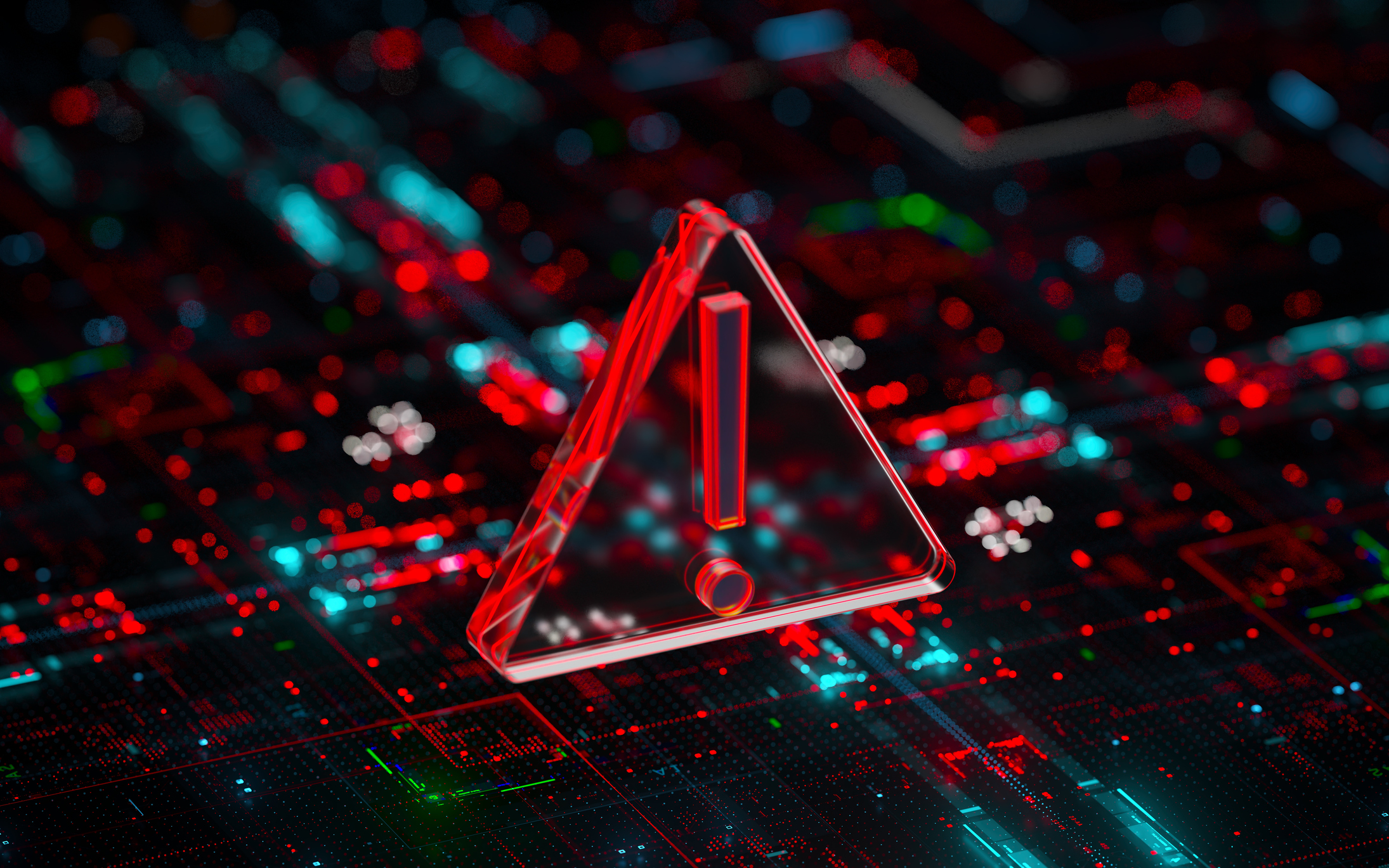Ethernet to Get Faster, Cheaper
It's not just wireless networks that are getting faster -- the wires behind them are, too.
Ethernet connections, which enable computers to communicate with each other over a network within organizations and over the Internet, are about to get a lot speedier.
Currently such connections operate at about 100 gigabits (100 billion bits) per second, but researchers at the University of California, Santa Barbara (UCSB) are developing connections that will operate at 1 terabit (1 trillion bits) per second by 2015 and a whopping 100 terabits per second by 2020 -- 1,000 times faster than the current speed.
The gains will come through the use of photonics or light waves rather than electronics. Using light waves will reduce power consumption and heat generated by a factor of 10, saving businesses and other Ethernet users money on their electric and cooling bills, besides increasing circuit speed.
From just $107.88 $24.99 for Kiplinger Personal Finance
Become a smarter, better informed investor. Subscribe from just $107.88 $24.99, plus get up to 4 Special Issues

Sign up for Kiplinger’s Free Newsletters
Profit and prosper with the best of expert advice on investing, taxes, retirement, personal finance and more - straight to your e-mail.
Profit and prosper with the best of expert advice - straight to your e-mail.
Today’s Ethernet technologies can’t be pushed beyond the 100 gigabit level -- the speed that’s beginning to be implemented now -- because of the amount of power needed to run and cool the required systems, according to Daniel Blumenthal, professor of electrical and computer engineering at UCSB, who is leading the project at the Terabit Optical Ethernet Center (TOEC).
Large data centers, he notes, can use as much power as a small city.
“We’re going to need much faster networking to handle the explosion of Internet traffic and support new large-scale applications like cloud computing,” Blumenthal says.
Although wireless connections are coming on strong for mobile applications, most firms will continue to use hardwired Ethernet connections. “It’s an accepted, flexible interface” for data transmission both on a small scale and across global networks, says David Farber, a professor at Carnegie Mellon University.
The amount of traffic using Ethernet is growing rapidly, thanks to applications like streaming high-definition video, cloud computing and distributed data storage. All demand faster connections to work satisfactorily.
“Based on current traffic growth, it is clear that 1 terabit per second trunks will be needed in the near future,” says Stuart Elby, vice president of network architecture at Verizon. “The work that will be conducted at TOEC will enable the future of the Internet,” he adds.
Blumenthal says the TOEC project’s goal is to “make energy-saving technologies that will allow applications and the underlying networks to continue to scale as needed. You could think of it as greening future networks and the systems that rely on those networks.”
The research at the TOEC is supported by Verizon, Agilent Technologies, Google, Intel and Rockwell Collins and is based on the center’s photonic integrated circuit technology and silicon photonics technology.
Profit and prosper with the best of Kiplinger's advice on investing, taxes, retirement, personal finance and much more. Delivered daily. Enter your email in the box and click Sign Me Up.
-
 Nasdaq Sinks 418 Points as Tech Chills: Stock Market Today
Nasdaq Sinks 418 Points as Tech Chills: Stock Market TodayInvestors, traders and speculators are growing cooler to the AI revolution as winter approaches.
-
 23 Last-Minute Gifts That Still Arrive Before Christmas
23 Last-Minute Gifts That Still Arrive Before ChristmasScrambling to cross those last few names off your list? Here are 23 last-minute gifts that you can still get in time for Christmas.
-
 The Rule of Compounding: Why Time Is an Investor's Best Friend
The Rule of Compounding: Why Time Is an Investor's Best FriendDescribed as both a "miracle" and a "wonder," compound interest is simply a function of time.
-
 AI Appliances Aren’t Exciting Buyers…Yet
AI Appliances Aren’t Exciting Buyers…YetThe Kiplinger Letter Artificial intelligence is being embedded into all sorts of appliances. Now sellers need to get customers to care about AI-powered laundry.
-
 Banks Are Sounding the Alarm About Stablecoins
Banks Are Sounding the Alarm About StablecoinsThe Kiplinger Letter The banking industry says stablecoins could have a negative impact on lending.
-
 When Tech is Too Much
When Tech is Too MuchOur Kiplinger Retirement Report editor, David Crook, sounds off on the everyday annoyances of technology.
-
 Big Changes Are Ahead for Higher Ed
Big Changes Are Ahead for Higher EdThe Kiplinger Letter A major reform of higher ed is underway. Colleges are bracing for abrupt change, financial headwinds and uncertainty.
-
 I Let AI Read Privacy Policies for Me. Here's What I Learned
I Let AI Read Privacy Policies for Me. Here's What I LearnedA reporter uses AI to review privacy policies, in an effort to better protect herself from fraud and scams.
-
 What New Tariffs Mean for Car Shoppers
What New Tariffs Mean for Car ShoppersThe Kiplinger Letter Car deals are growing scarcer. Meanwhile, tax credits for EVs are on the way out, but tax breaks for car loans are coming.
-
 AI’s Rapid Rise Sparks New Cyber Threats
AI’s Rapid Rise Sparks New Cyber ThreatsThe Kiplinger Letter Cybersecurity professionals are racing to ward off AI threats while also using AI tools to shore up defenses.
-
 Blue Collar Workers Add AI to Their Toolboxes
Blue Collar Workers Add AI to Their ToolboxesThe Kiplinger Letter AI can’t fix a leak or install lighting, but more and more tradespeople are adopting artificial intelligence for back-office work and other tasks.